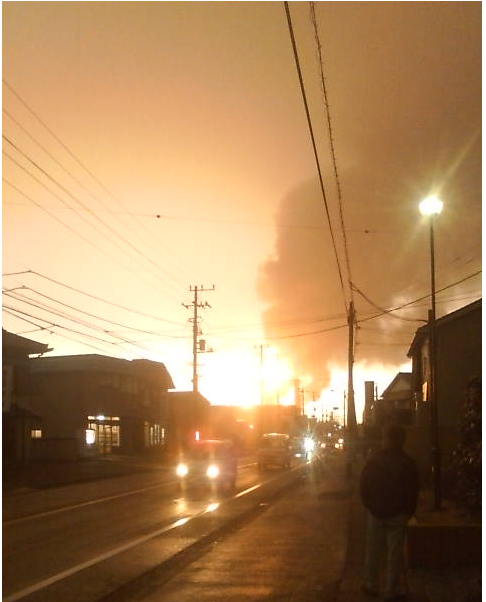
Early in the morning on January 24, a massive industrial explosion in northwest Houston left two people dead and a business in complete ruin. The explosion also knocked a number of nearby homes off their foundations and shot debris for nearly a half-mile. According to Houston Police, the explosion could be felt more than 30 miles away.
Massive Damage in the “War Zone” Continues a Pattern
Witnesses reported that many buildings, including homes, had broken windows and doors that had blown off their hinges in the wake of the blast. A few nearby residents reported broken garage doors and some said they were shaken out of their beds by the intensity of the explosion. At least a few people described the aftermath as resembling a “war zone.”
The explosion was caught on video by at least one doorbell surveillance camera. That video revealed a bright ball of fire lighting up the sky.
The blast occurred at about 4:30 a.m. in a building owned by Watson Grinding and Manufacturing, a company that specialized in a variety of industrial services, including thermal spray coatings. Houston Police have said it is unclear whether or not the victims were employees, and that Houston officials have opened a criminal investigation into the incident. At the same time, they commented that there was so far no reason to believe the explosion was intentional.
This unfortunate incident is just the latest in a series of industrial explosions that have occurred recently in the Gulf Coast region of Texas, which happens to serve as the home of a large number of chemical facilities. So far, it’s unclear what caused the explosion. This past November, an explosion at a chemical plant in Port Neches injured three people and damaged nearby homes, and last July, a fire at an Exxon Mobil refinery in Baytown left more than 30 people with minor injuries. Those are all in addition to the spate of three chemical explosions and fires that hit the Houston area during a one-month period in early 2019.
And all of those came after the release of a 2016 media investigation in 2016 that found a total of 12 chemical explosions, fires and/or toxic releases that occurred in the Houston area between November 2014 and May 2016.
Devastation in the Surrounding Area
Initially, first responders at the scene of the latest incident expressed concern because the valves on some of the site’s propylene tanks were releasing the chemical into the air. Propylene is a colorless gas that is also highly flammable. However, the Houston Fire Department released a statement early on proclaiming the leak contained. By that time, the fire had also been contained to a small area of the Watson Grinding and Manufacturing site, so fire officials decided to let it burn out on its own.
In addition, Houston Police officials also warned against looting post-explosion, referring to the surrounding area as a “disaster area” and warning that looters who were caught should expect the full might of the law to hit them with a lot more than a “slap on the wrist.”
By the afternoon of the day of the blast, Houston officials had set up an evacuation for those residents with damaged home. In addition, a law firm claiming to represent multiple families whose homes were damaged filed for a temporary restraining order against Watson Grinding and Manufacturing, ordering them to preserve evidence at the blast site.
While first responders initially had recommended evacuating families in the area, they soon revised that to urge residents to shelter in place. According to Houston Fire that afternoon, at least 48 people were in a shelter set up at a nearby church, while the American Red Cross was working to find an overnight shelter for them.
The local Cypress-Fairbanks school district closed two schools near the blast site on Friday, while several other school districts kept students inside for the day. Several nearby roads were closed all day Friday and into Saturday. At the same time, hazmat crews conducted air quality assessments, even though there were no reports of either accumulation or air quality hazards.
Texas Officials Are Concerned Over the Pattern
Additionally, the Texas Commission on Environmental Quality (TCEQ) also deployed teams to the site and the surrounding area to help with the environmental assessments. TCEQ officials also professed concern over what they called “an unacceptable trend of significant incidents impacting the Gulf Coast region. They also suggested that, while not every such emergency can be prevented, the industry should be held to a higher standard of compliance and be held accountable when an accident happens.
